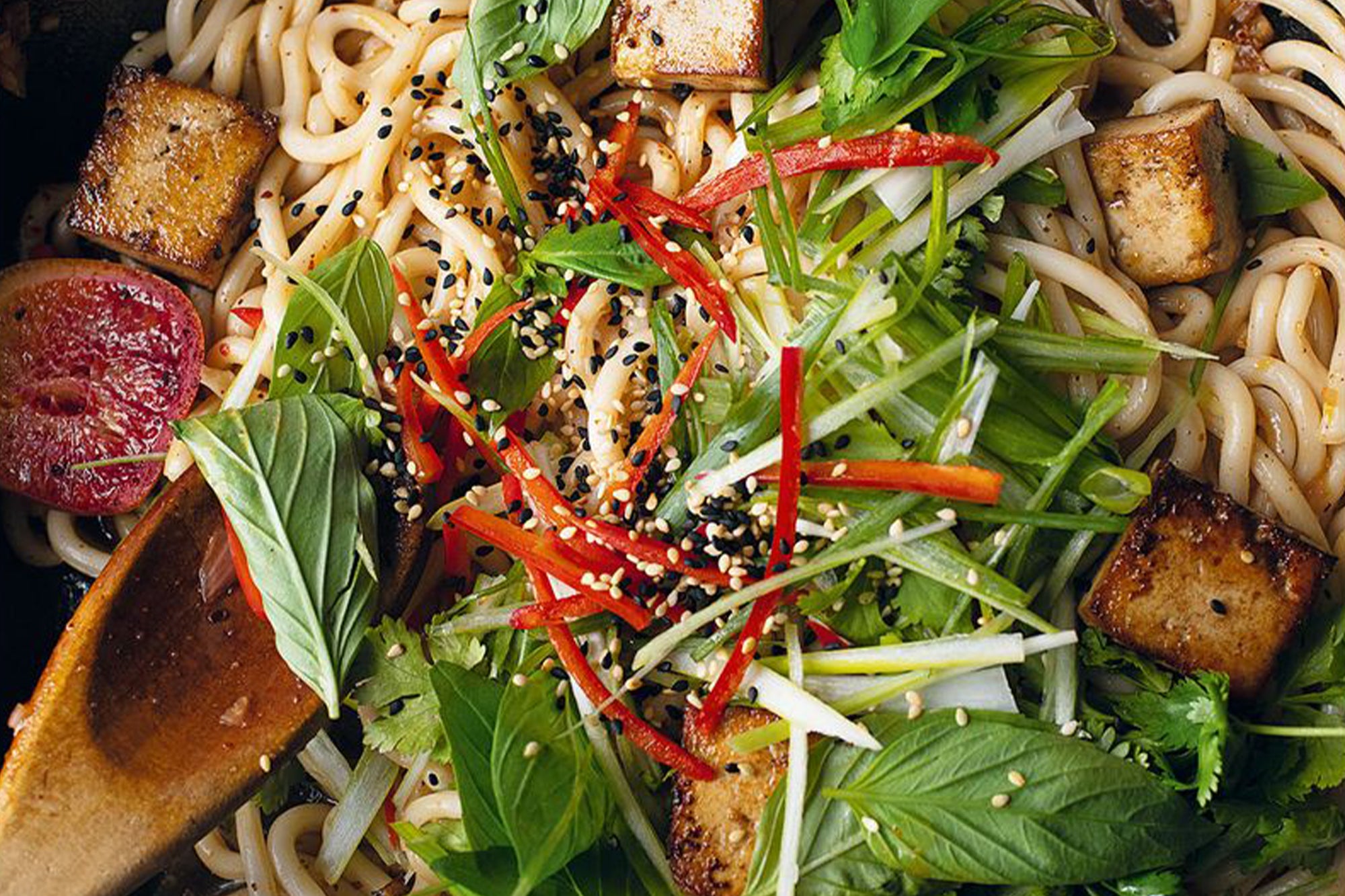Popular searches
Main menu
recipes menu
recipes
locations menu
locations
shop menu
shop
search
Popular searches
Fat, chewy wheat noodles from Japan.
Unlike pasta, the dried stuff doesn’t cut it. It’s thinner, shorter and won’t hold up to rich, fatty sauces. More likely than not, you won’t be able to find packs of fresh udon in many places. But you’ll find frozen udon in the freezer section at Asian supermarkets. Look out for brands like Shirakiku.
Udon are fat, chewy wheat noodles from Japan. They’re at the top of the list of satisfying meals that nurture body and soul. Udon is best enjoyed in Japanese udon shops: steamed-up windows, guests sitting shoulder to shoulder, heads over their steaming bowls of broth. The louder the slurp, the better the udon. Don’t be shy, make some noise.
Kagawa Prefecture is nestled in the northeastern corner of Shikoku Island, Japan's smallest prefecture (covering a mere 0.5% of Japan's entire land). It's the proud home of udon. While these noodles are Japan’s go-to fast food, readily available on any street corner, Kagawa has taken udon consumption to a whole new level. They slurp down three times more per household than the national average. They've even got special faucets that dispense udon broth – now that’s udon dedication.

Udon noodles with fried tofu and orange nam jim
The most iconic way to enjoy udon is in a steaming bowl of soup. The Japanese go-to for something soothing and soul-nourishing. Whether you prefer a clear, delicate broth, or a rich, umami-packed soup, udon can handle it. You’ll often find it swimming alongside some form of tempura and green onions.
Udon doesn’t stop at soups. If you want an even more soul-warming, comforting cacio e pepe, try using udon instead of bucatini. It adds even more starchy goodness to a hearty bowl of pasta.